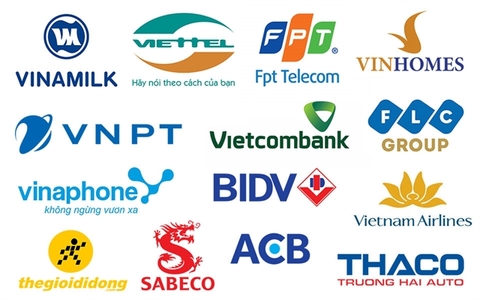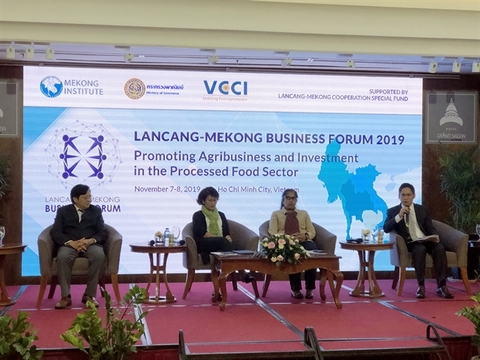PPP regulations to be changed to serve development
PPP regulations to be changed to serve development
More than per 76 per cent of current investment projects following public private partnerships (PPP) are in the field of transport infrastructure, but investors still feel insecure.Of the 289 PPP investment projects, there are 220 involved in transport infrastructure, said Deputy Minister of Transport Nguyen Nhat attending a conference themed "Solutions to promote investment in the development of transport system structure under PPP" in the capital last week.
Nhat told Viet Nam News: “The total investment capital of PPP projects in the form of construction-business-transfer or BOT is worth about VND210 trillion (more than US$ 9 billion), and this was significantly supporting the limited budget in the field.”
“The legal framework for PPPs is not strong enough to encourage more private investors, especially in the context that an infrastructure project usually lasts between 15 and 20 years, and has high risks,” he said.
The Ministry of Transport sent 125 delegations and inspectors to PPP projects between 2018-19, and the Vietnam Association of Road Traffic Investors (Varsi) surveyed 12 road projects. Th results showed investors faced many obstacles and problems carrying out PPP projects in Viet Nam.
Tran Chung, chairman of Varsi, said regulations for PPP capital management remained lax as State capital in PPP projects was mainly allocated from the annual public investment plan.
In more detail, Can Van Luc, chief expert at the Vietnam Development Bank (BIDV), said PPP capital came from four sources: 20 per cent from owner's equity, 40-50 per cent from credit institutions, 20 per cent from capital markets such as corporate and project bonds, and 20 per cent from the fund.
Luc said BIDV specialised in medium and long-term capital, but it was in a restructuring period and could not meet the capital demands of all projects. At the same time, other credit institutions in the market preferred short-term loans as long-term loans could lead to bad debt.
Saying that PPP was an effective method to attract investment, Nguyen Mai, vice chairman of the Viet Nam Association of Foreign Invested Enterprises, said: “The biggest roadblocks for PPP in Viet Nam is that local investors have encountered a series of difficulties when implementing projects, and foreign investors are wary of getting involved in road projects.”
Mai told Viet Nam News the lack of guarantees or a risk-sharing mechanism was the biggest obstruction for investors. For example, the Government should come up with effective methods to ensure the toll collection roadmap. Conflicts between investors and local people caused losses for investors.
Nguyen Van Khang, deputy general director of the Investment Joint Stock Company Cuong Thuan Development (IDICO) recalled a case in 2017 when some people opposed paying a toll at BOT stations. Without regulations clarifying the responsibilities and rights of stakeholders, corporates faced losses.
Capital was another matter, according to BIDV’s Can Van Luc, who said the minimum capital of VND200 billion ($8.6 million) for a PPP mentioned in the draft law was lower than the international level which ranges from $50-100 million.
Luc said slow investment would take its toll on projects, reducing investment efficiency and putting off big investors.
The conference was held last week to get more ideas for the draft law on PPPs with 11 chapters and 112 articles. Composed by the Ministry of Planning and Investment, the draft is about to be submitted to the National Assembly for consideration and is expected to be approved in May 2020.


















